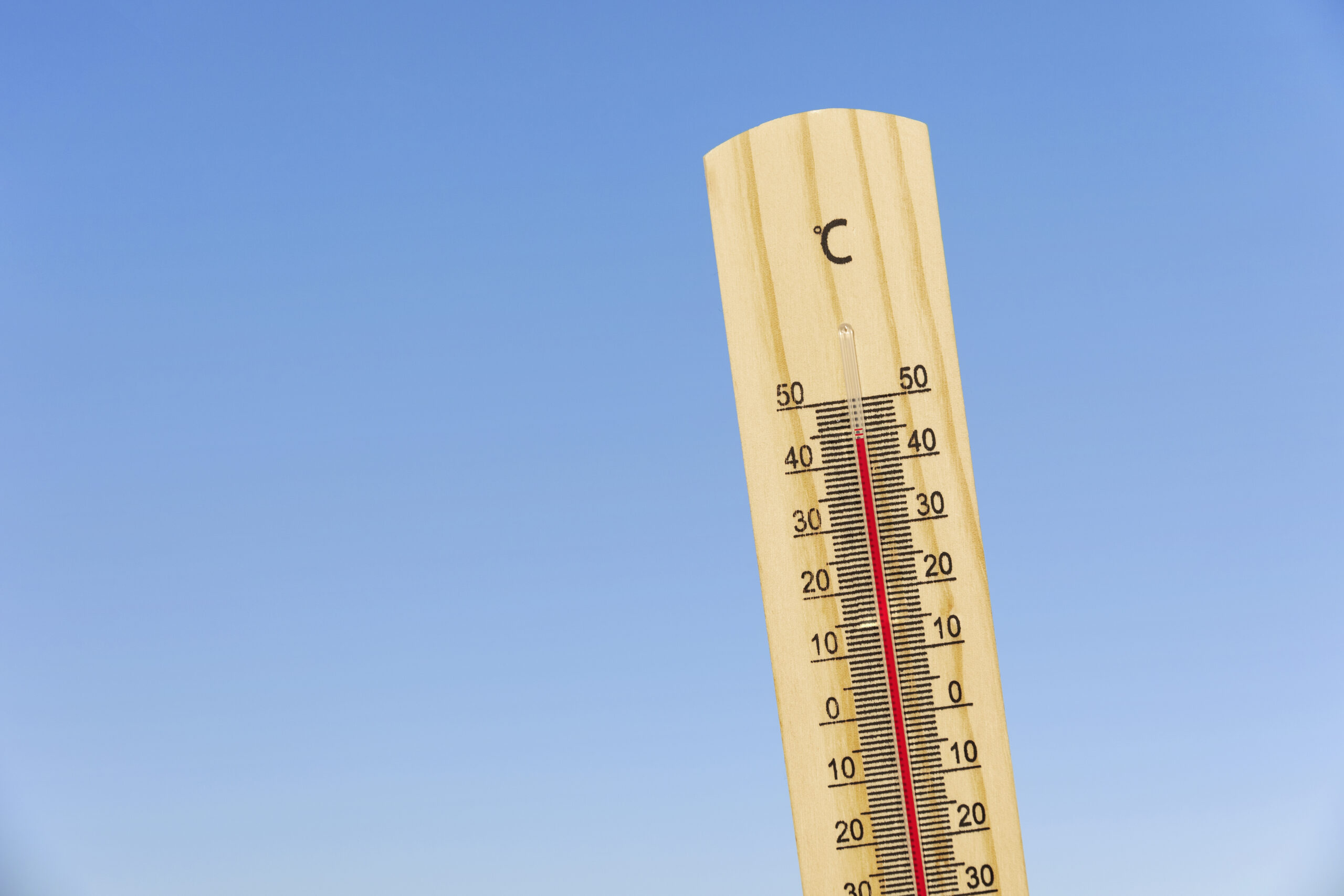A mathematician from Macquarie University has finally solved a problem that’s been holding climate science back since long time. His discovery could dramatically improve how we forecast global warming — and it all started with a single lecture in 2008.
After more than 15 years of work, Associate Professor Stuart Hawkins from Macquarie University in Australia has developed a ground-breaking mathematical model that promises to transform climate forecasts — by solving one of the most stubborn problems in climate science.
The Invisible Puzzle Piece in Climate Models
What do climate change, sound waves, and Aerosol particles in the sky have in common? The answer could change how we understand and predict the future of our planet.
Tiny particles in the air — called aerosols — play a huge role in global warming. You’ll find them in everything from desert dust and wildfire smoke to car exhaust and factory emissions. But here’s the problem: they don’t behave like neat little spheres. They’re lumpy, jagged, stretched, and weirdly shaped — and that makes them extremely difficult to model.
For decades, scientists had to pretend these particles were round, just to make the math work. That shortcut helped, but it also left a big gap in our climate models — one that could throw off predictions about how the planet is heating up. “Without accurate models for these oddly shaped particles, we were missing a critical piece of the climate puzzle,” Hawkins explains.
A Lecture That Sparked a Breakthrough

This all started in 2008, when Hawkins — then a young mathematician — sat in on a lecture by atmospheric physicist Michael Box who pointed out that current climate models couldn’t properly account for the complex shapes of real atmospheric particles. That moment stuck with Hawkins — so much so that he spent the next 15 years trying to solve it.
Fast-forward to today, and he’s done it: a completely new mathematical approach to model how light scatters off irregular particles in the atmosphere — something no one had been able to do with accuracy before.
Why Light Scattering Matters So Much
When sunlight hits an aerosol, two things can happen: it might bounce back into space, cooling the Earth… or get absorbed and trap heat, warming the atmosphere. Which outcome happens depends a lot on the shape of the particle. Until now, scientists didn’t have a reliable way to calculate this unless the particle was perfectly round.
That’s where Hawkins’ work changes everything. His new model can handle particles that are long, flat, twisted, or totally irregular — even ones that are 15 times longer than they are wide. This makes climate predictions far more accurate, especially when it comes to modelling radiative transfer — the movement of heat and light in the atmosphere.
The breakthrough was recently published in the Journal of Quantitative Spectroscopy and Radiative Transfer, and it’s already being called a game-changer.
From Sound Waves to Climate Models
Interestingly, Hawkins’ journey began not with climate science, but with sound. As a postdoctoral researcher, he worked on understanding how sound waves scatter — and noticed that the math wasn’t all that different from how light scattering works.
“Acoustic and light waves are governed by different physics, even if the math overlaps,” Hawkins says. “I thought the transition would be straightforward, but after six months of debugging, I hit a wall.” That early failure turned out to be a blessing. It forced Hawkins to think deeper, and over the years, those insights formed the basis for his new equations.
The T-Matrix and the T-Mat Solver
At the heart of Hawkins’ solution is something called a T-matrix — a complex grid that maps how a particle scatters light at different angles and wavelengths. Older models would break down when shapes got too strange. But Hawkins’ T-matrix method stays stable, no matter how weird or asymmetrical the particle is. That stability is crucial for making reliable climate predictions.
To make this tool available to researchers everywhere, he built an open-access software program called T-Mat Solver — which makes it easy to run detailed simulations of real-world particles in the atmosphere.
“Before this, scientists had to assume everything in the air was a sphere — even though it rarely is,” Hawkins says. “Now we can actually model the particles as they really are.”
Smarter Forecasts, Better Data
The new tool allows scientists to match the shapes of actual particles in the atmosphere — not just rough guesses — and see how they’ll behave under different conditions. For the first time, models can simulate particles that are stretched, asymmetrical, or completely random in shape. With more realistic modelling of atmospheric aerosols, we can now improve forecasts for everything from heatwaves and monsoons to air quality and climate tipping points.
“Before this, scientists had to assume everything was spherical — even though that’s rarely true in the real world,” Hawkins says. “Now we can actually work with more realistic shapes, or average across lots of randomly shaped particles.”
Beyond Weather and Climate
While this work is already changing how we model climate change, its reach doesn’t stop there. The same math can help in fields like medical imaging (such as ultrasound and MRI), underwater sonar, and even radar systems. Basically, anywhere light or sound waves scatter, Hawkins’ equations could offer new insights.
“Wherever there’s scattering — light, sound, even radar — these equations can be applied,” Hawkins explains. “It opens up possibilities in areas we didn’t originally consider.”
Global Impact, Local Relevance
In regions like India, where polluted air often includes non-spherical aerosols — such as mineral dust, vehicle emissions, and industrial waste — this work could make a real difference. More accurate models could improve predictions for heatwaves, monsoon shifts, and air quality.
This research could lead to more accurate predictions and better planning for public health and climate adaptation.
A New Foundation for Climate Modelling
Hawkins’ equations are now being integrated into major global climate models — and he believes this is more than a small upgrade. “This isn’t just about fixing a bug,” he says. “It’s about rewriting the way we model the Earth’s future. And that’s essential if we want to make the right decisions in a warming world.”
As the planet heats up and extreme weather events become more frequent, having precise climate models matters more than ever. Thanks to Hawkins’ work, we’re one step closer to smarter forecasts, stronger climate strategies, and a clearer picture of what’s ahead.
Read More: 2024 Hottest Year Globally, Warmest in India Since 1901






